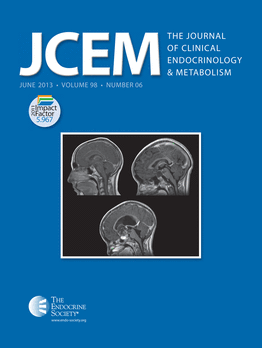
METABOLIC DISORDERS
Greater BMD increase with denosumab vs ZOL in patients switching from oral bisphosponates
This report has been verified
by one or more authors of the
original publication.
J Clin Endocrinol Metab. 2016 Aug;101(8):3163-70
643 postmenopausal women with osteoporosis who had used oral bisphosphonate for a minimum of 2 years were randomized to either subcutaneous injections of denosumab 60mg - one at baseline and another at 6 months - or intravenous injection of zoledronic acid 5mg. The purpose of this study was to evaluate if denosumab offered noninferior or superior efficacy and safety to zoledronic acid for increasing bone mineral density in this patient population. The increase in the lumbar spine, total hip, femoral neck, and distal one-third radius bone mineral density were superior in the denosumab group compared to the zoledronic acid group. The incidence of atypical femoral fracture and osteoporosis-related fracture was not significantly different between groups.
Unlock the full ACE Report
You have access to {0} free articles per month.Click below to unlock and view this {1}
Unlock NowCritical appraisals of the latest, high-impact randomized controlled trials and systematic reviews in orthopaedics
Access to OrthoEvidence podcast content, including collaborations with the Journal of Bone and Joint Surgery, interviews with internationally recognized surgeons, and roundtable discussions on orthopaedic news and topics
Subscription to The Pulse, a twice-weekly evidence-based newsletter designed to help you make better clinical decisions
Exclusive access to original content articles, including in-house systematic reviews, and articles on health research methods and hot orthopaedic topics
Or upgrade today and gain access to all OrthoEvidence content for just $1.99 per week.
Already have an account? Log in


Subscribe to "The Pulse"
Evidence-Based Orthopaedics direct to your inbox.
{0} of {1} free articles
Become an OrthoEvidence Premium Member. Expand your perspective with high-quality evidence.
Upgrade Now













































































